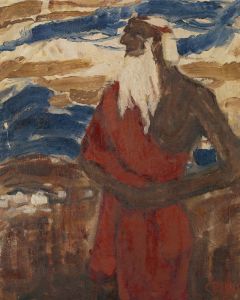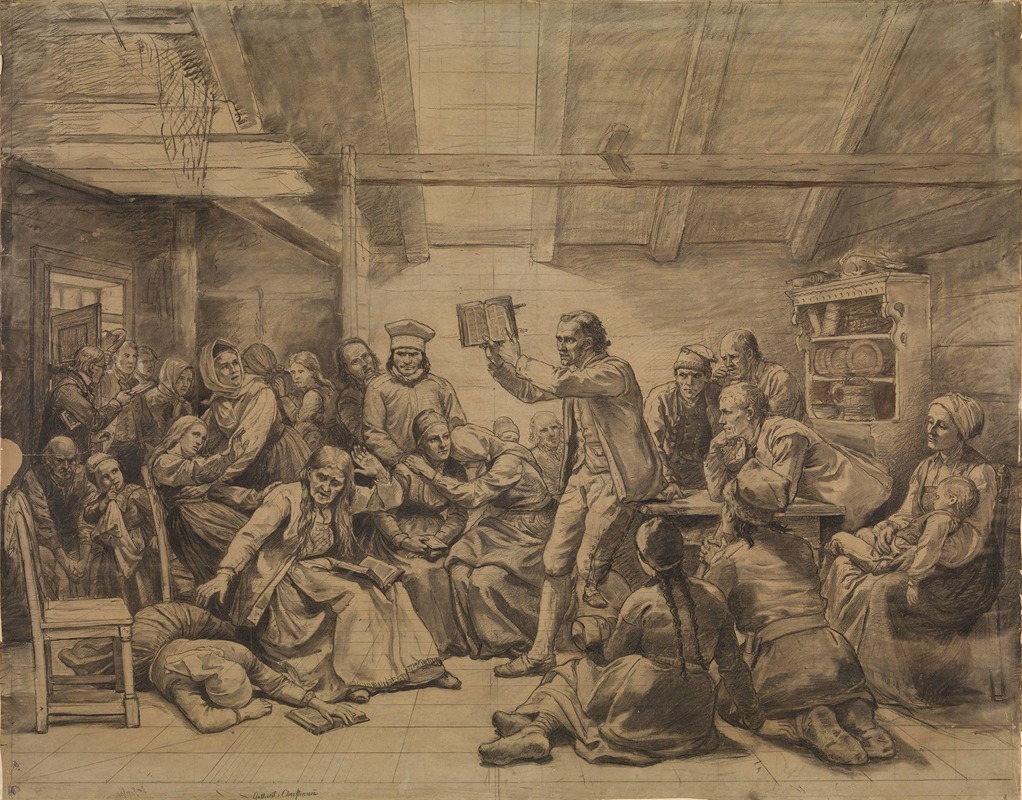
Fanatikerne
A hand-painted replica of Adolph Tidemand’s masterpiece Fanatikerne, meticulously crafted by professional artists to capture the true essence of the original. Each piece is created with museum-quality canvas and rare mineral pigments, carefully painted by experienced artists with delicate brushstrokes and rich, layered colors to perfectly recreate the texture of the original artwork. Unlike machine-printed reproductions, this hand-painted version brings the painting to life, infused with the artist’s emotions and skill in every stroke. Whether for personal collection or home decoration, it instantly elevates the artistic atmosphere of any space.
Adolph Tidemand was a prominent Norwegian painter in the 19th century, known for his detailed and evocative depictions of Norwegian folk life and traditions. One of his notable works is "Fanatikerne" (The Fanatics), painted in 1852. This painting is a significant piece within Tidemand's oeuvre, reflecting his interest in the cultural and religious aspects of Norwegian society.
"Fanatikerne" portrays a scene of intense religious fervor, capturing a group of Haugeans, followers of the lay preacher Hans Nielsen Hauge, who was a central figure in a pietistic revival movement in Norway during the late 18th and early 19th centuries. The Haugean movement emphasized personal faith, piety, and the importance of lay preaching, often challenging the established church's authority. Tidemand's painting illustrates a moment of spiritual ecstasy or fervor among the group, highlighting the emotional intensity and communal aspects of their worship.
The composition of "Fanatikerne" is carefully constructed to draw the viewer into the scene. Tidemand uses a realistic style, characteristic of his work, to depict the figures with great attention to detail. The expressions and gestures of the individuals convey a sense of urgency and devotion, capturing the essence of the religious experience. The use of light and shadow in the painting enhances the dramatic effect, focusing attention on the central figures and creating a sense of depth and movement.
Tidemand's interest in the Haugean movement and similar religious phenomena was part of a broader trend in 19th-century art and literature, which sought to explore and document the cultural and social changes occurring in Europe at the time. By choosing to depict the Haugeans, Tidemand was engaging with contemporary debates about religion, authority, and individualism, themes that were particularly relevant in Norway as the country was undergoing significant social and political transformations.
The painting "Fanatikerne" is also notable for its ethnographic interest. Tidemand was known for his travels throughout Norway, where he studied and documented local customs, costumes, and traditions. This attention to ethnographic detail is evident in "Fanatikerne," where the clothing and setting are rendered with accuracy, providing insight into the material culture of the period.
Adolph Tidemand's work, including "Fanatikerne," played a crucial role in shaping the national identity of Norway during the 19th century. His paintings helped to foster a sense of pride in Norwegian culture and history, contributing to the broader Romantic nationalist movement that was gaining momentum across Europe. By focusing on the everyday lives and spiritual practices of ordinary Norwegians, Tidemand's art celebrated the uniqueness and richness of the nation's cultural heritage.
Today, "Fanatikerne" is regarded as an important work in the history of Norwegian art. It is housed in the National Museum of Art, Architecture and Design in Oslo, where it continues to be studied and appreciated for its artistic and historical significance. Tidemand's ability to capture the spirit of his time and place through his art ensures that "Fanatikerne" remains a valuable and enduring piece of Norway's cultural legacy.





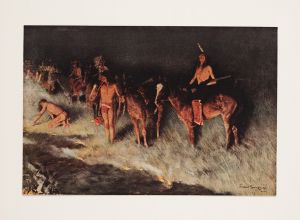



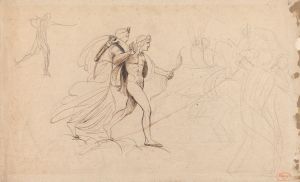
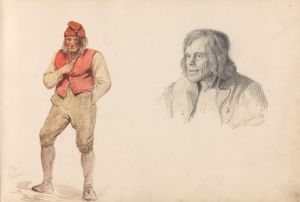
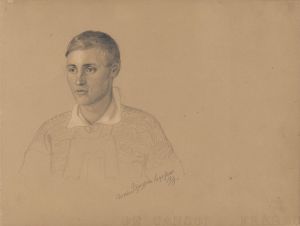
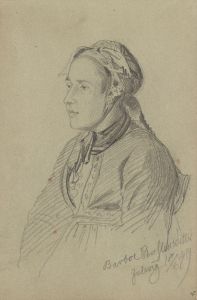
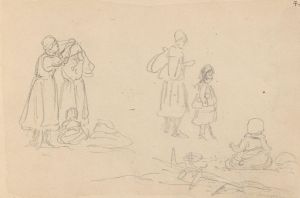
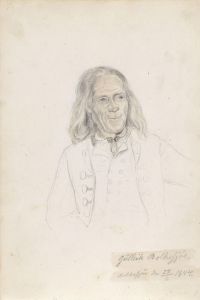
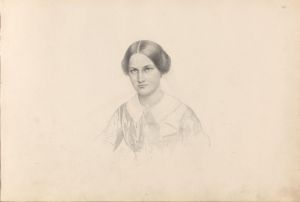
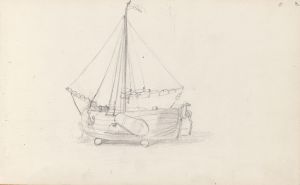
![It Is Amazing-And We Were Made by God [Furious Folly]](/imgs/264618/s/francisco-de-goya-it-is-amazingand-we-were-made-by-god-furious-folly-a15fa352.jpg)
